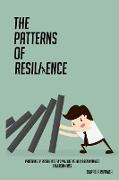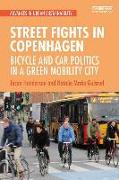- Start
- Patterns of resilience and wellbeing in disadvantaged environments
Patterns of resilience and wellbeing in disadvantaged environments
Angebote / Angebote:
In general terms, resilience is described as the ability to bounce back from some form of disruption, stress, or change. "Resilience" should be defined to gain a clear understanding of the concept. The term comes from the Latin "resilire, " which means "to recoil." Thus, resilience means to rebound, spring back, and have elasticity, flexibility, or recuperability. Also, the Oxford English Dictionary (n. d.) offers two meanings: (a) Able to recoil or spring back into shape after bending, stretching, or being compressed (said of material objects), or (b) Able to withstand or recover quickly from difficult conditions (said of a person). Noble and McGrath (2005) defend resilience an ability to bounce bank after encountering difficulties, negative events, hard times or adversity and to be able to return to the original level of emotional well-being. Resilience has been conceptualized a multidimensional construct comprising personal skills and qualities together with social environments and a supportive family network ( Siriwardhana, Ali, Roberts, & Stewart, 2014). Resilience is the process of adapting well in the face of adversity, trauma, tragedy, threats or significant sources of stress - such as family and relationship problems, serious health problems or workplace and financial stressors. It means "bouncing back" from difficult experiences.
Folgt in ca. 5 Arbeitstagen

